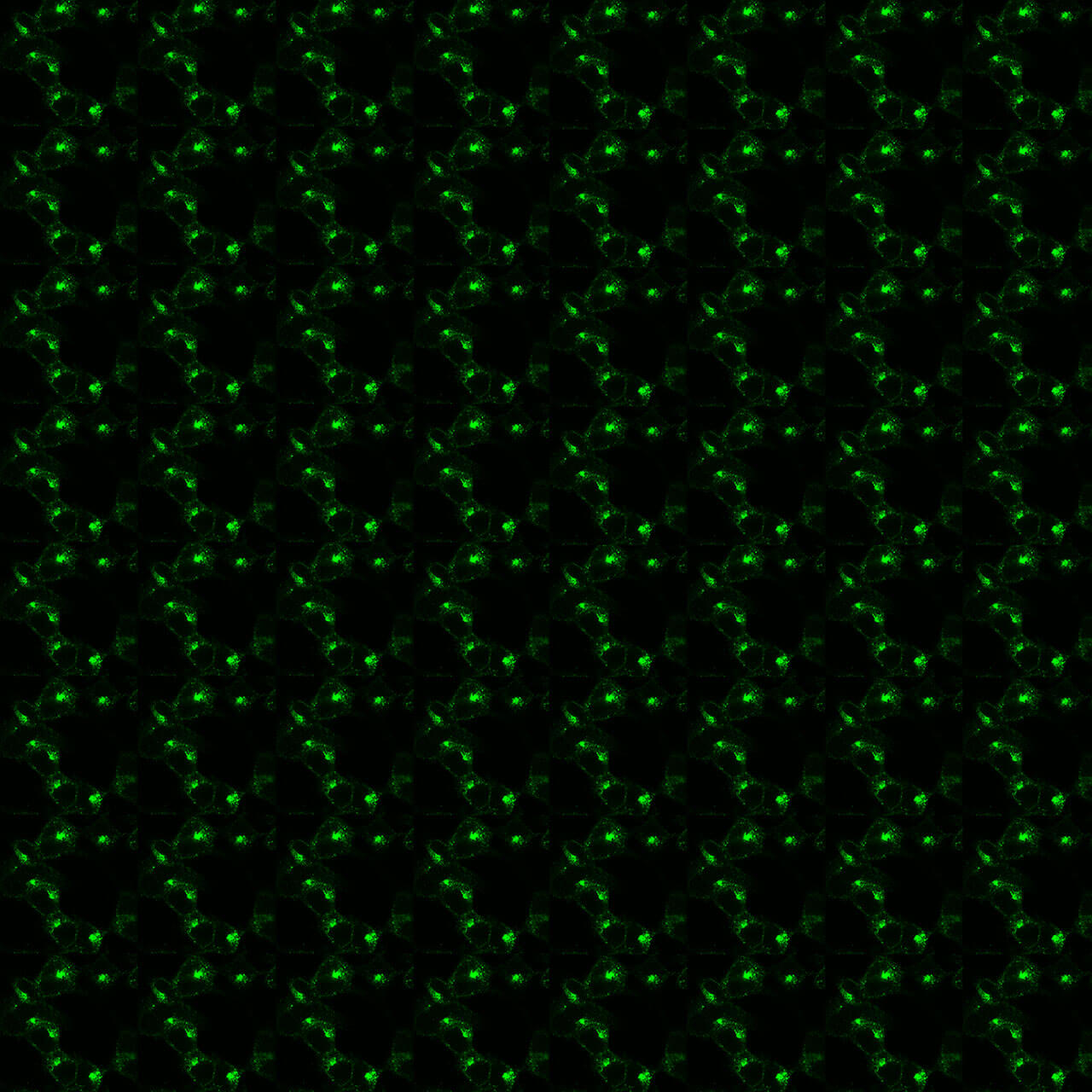Proteinase-Activated Receptor 4 Antibodies
Proteinase-activated receptors (PARs) are unique members of the GPCR superfamily activated by proteolytic cleavage of their amino terminal exodomains. Agonist proteinase-induced hydrolysis unmasks a tethered ligand (TL) at the exposed amino terminus, which acts intramolecularly at the binding site in the body of the receptor to effect transmembrane signaling. TL sequences at human PAR4 is GYPGQV-NH2. PAR4-deficiency attenuates cerebral ischemia and reperfusion injury. PAR4 knockout mice have lower cerebral infarct volume, improved neurologic and motor function, and reduction of blood brain barrier disruption and cerebral edema. In addition, PAR4-deficient mice are protected against thrombosis. PAR4 receptor desensitization and internalization are regulated by phosphorylation of carboxyl-terminal serine366/serine369 (pS366/pS369-PAR4), serine374/threonine379 (pS374/pT379-PAR4) and serine381/serine382 (pS381/pS382-PAR4). This nomenclature refers to the human PAR4 receptor. This phosphorylation motif is conserved across species and is similar but not identical in mice and rats. For more information on PAR4 pharmacology please refer to the IUPHAR database. For further reading refer to:
Hollenberg MD, Compton SJ. International Union of Pharmacology. XXVIII. Proteinase-activated receptors. Pharmacol Rev. 2002 Jun;54(2):203-17. doh: 10.1124/pr.54.2.203. PMID: 12037136.
Lin H, Liu AP, Smith TH, Trejo J. Cofactoring and dimerization of proteinase-activated receptors. Pharmacol Rev. 2013 Sep 24;65(4):1198-213. doi:10.1124/pr.111.004747. PMID: 24064459; PMCID: PMC3799237.
Bunnett N, DeFea K, Hamilton J, Hollenberg MD, Ramachandran R, Trejo J. Proteinase-activated receptors (version 2019.4) in the IUPHAR/BPS Guide to Pharmacology Database. IUPHAR/BPS Guide to Pharmacology CITE. 2019; 2019(4). Available from: https://doi.org/10.2218/gtopdb/F59/2019.4.
 PAR4 (IHC-Grade), Proteinase-Activated Receptor...
PAR4 (IHC-Grade), Proteinase-Activated Receptor... 
